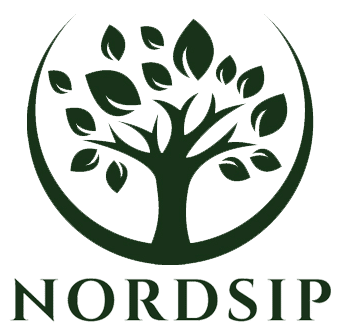Stockholm (NordSIP) – In the middle of August, AllianceBernstein announced the appointment of Stefan Behring as Head of Nordics. In this role, he will be responsible for retail and institutional business across the Nordic region, including the firm’s public and private strategies. A CFA charter holder, Behring joins AllianceBernstein from Invesco, where he held a similar position since 2018. Prior to this, he was an executive director for the Nordic region at J.P. Morgan Asset Management for almost eleven years.
NordSIP reached out to Behring to find out about more about his move, the lessons he draws from his experience in the Nordic markets and his views on sustainable finance, a crucial factor for the region’s asset owners.
A New Opportunity
For Behring, the decision behind his recent move was based on the allure of a new opportunity and environment rather than leaving something behind. “I had spent many years in the same company and we had over the last 7 years grown the asset base several times over. At that stage it felt like good timing to leave and give the existing team a chance to grow and manage the regional business,” he tells NordSIP.
“There were essentially two things that attracted me to AllianceBernstein: joining a firm with a distinctive, collegial culture that aligned with my personal preferences, as well as and having an opportunity to grow the business from here. We appreciate the work that has been done by the previous team, and hope to be able to expand the client base over time. As a large, Global asset manager, AllianceBernstein has several strategies that are interesting to the Nordic market. I have been in a similar start-up mode several times previously in my career and enjoy that type of challenge,” he continues.
According to Behring, AllianceBernstein has many similarities with J.P. Morgan and Invesco, which both have a competitive edge in several asset classes, including equities, fixed income and private credit. “It’s difficult to cherry pick, but some of the leading offerings at AB include low volatility equities, systematic fixed income, and on the private side asset backed financing and hedge fund solutions,” Behring says regarding potential approaches to rasing assets and expanding AB’s client base in the region.
A Balancing Act
For Behring, balancing client advocacy with internal expectations and prioritising client is key. “I have had the opportunity to work for organisations with a long-term strategy which allows you to build a business with that long-term mindset, paired with a focus on near-term success. As client needs gradually evolve, the challenge is to try to find a balance between near term business opportunities while keeping longer-term perspective on building a strong relationship. I believe it is difficult to have a successful career in this industry without a good balance between those two outcomes,” he says.
“There are several questions that depend on striking this balance: which strategies to focus on, what can you expect from client investment patterns and so on. This balance is equally important from an internal standpoint; how can you meet the internal strategy and internal expectations, and at the same time have the conversations that matter to our clients. What has worked fairly well for me has been to be the client advocate and keep those priorities at the top of the agenda,” he adds.
Nordic Investment Styles
Considering the different investment styles, preferences, and culture in each of the Nordic countries, Behring notes that despite some common trends, each of the Nordic countries is its own domain.
“It’s truly a pleasure to cover the Nordic market, often considered a single market by many participants outside of the Nordics. It is difficult to generalise but some thoughts on this topic: Denmark is perhaps the most homogeneous institutional market where the pension industry receives most of the occupational pension savings. Perhaps as a consequence, the fixed-income investment culture is quite deep in Denmark, and Danish investors are extremely well-diversified,” Behring explains.
“Broadly speaking, Sweden has an interesting mix of DC, DB and sovereign capital and as most people are aware, it’s traditionally been an equity market. However, over the last few years there is a gradually-expanding exposure into private credit for instance. From my perspective, Norway resembles the Swedish market in many ways. Finland has always had a strong preference for active managers but passive is gaining pace there as well. The Finnish market has an interesting angle with many fund of fund managers funded by their own internal balance sheet. This creates a dynamic market with needs for both core and opportunistic investments, not least in alternative asset classes,” he continues.
Stable and Normalised Sustainable Finance Environment
According to Behring the defining feature of sustainable finance in the Nordic region is how deeply established, stable and normalised it is.
“My feeling is that ESG demands have been fairly stable over the last 3 years. With the launch of the SFDR classification, there was a lot of debate about SFDR Article 8 and 9 funds, but this discussion has normalised, with many investors satisfied with an SFDR Article 8 fund as long as there is an integrated approach into the strategy,” he argues.
“For those investors who prefer separate accounts, their exclusion list will dictate the ESG demands. In Norway, Norges Bank’s exclusion list continues to be used by most investors. But there are always specific client needs concerning certain sectors or fund domicile,” Behring concludes.




